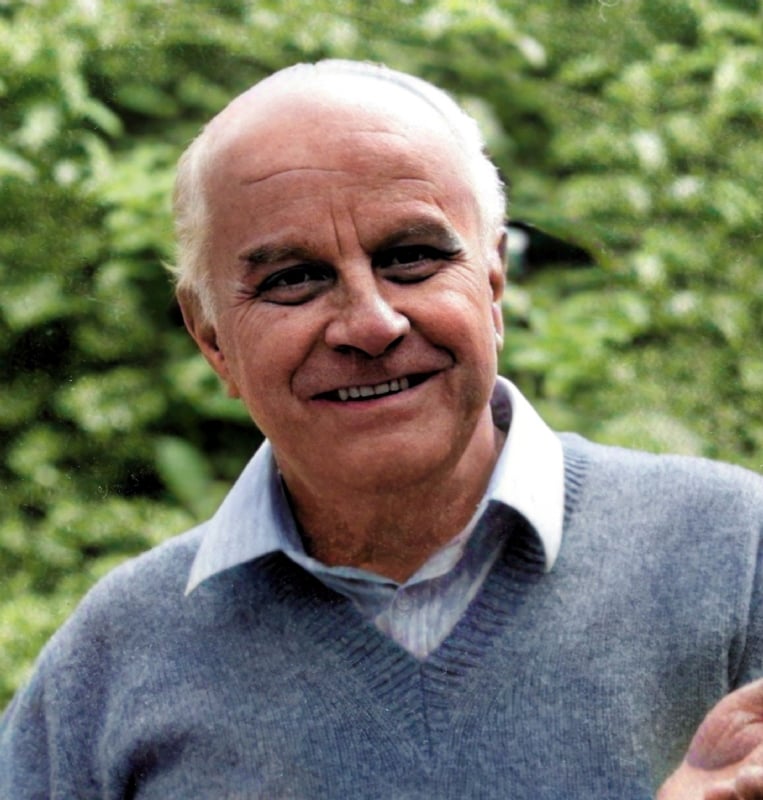
”Why do kindergartens offer more for moving towards a more sustainable world than many of our universities? Kindergartens ideally are places where young children live and learn, explore boundaries, in a safe and transparent world without hidden agendas. Kindergartens are places where conflict emerges every day and is used as a ‘teachable’ moment. Kindergartens today often are multicultural places where kids with different backgrounds come together and get to know each other as they are, not as they are portrayed by others. Kindergartens are also places where different generations meet and interact (children, parents, grandparents). They are often located in the heart of the community. There are no dumb questions in kindergarten and there’s always time for questions and questioning. The life-world of the child forms the starting point for learning, not a disciplinary problem. There is room for exploration, discovery and multiple ways of expressing oneself. It’s a place filled with energy. And there are some basic rules, principles, and skills needed to function in an organic whole.” (Shaping the education of tomorrow” 2012:36)
Education for Sustainable Development (ESD) allows every
human being to acquire the knowledge, skills, attitudes and values necessary to
shape a sustainable future.
ESD means including key sustainable development issues into
teaching and learning; for examle biodiversity, poverty reduction, sustainable
consumption, etc.
It also requires particicpatory teaching and learning
methods that motivate and empower learners to change their behaviour and take
action for sustainable development.
ESD consequently promotes competences like critical
thinking, imagining future scenarios and making decisios in a collaborative way
and requires far-reaching changes in the way education is often practised
today.
UNESCO is the lead agency for the UN Decade of Education for
Sustainable Development (2005-2014). UNESCO´s raport Shaping the Education of Tomorrow from 2012 summarises the work with ESD projects worldwide under the UN decade of education for sustainable development that ends in 2014.
ESD UNESCO
”We need to create a culture of deep compassion, one in which the primacy of the early years guides public policy, the admired lifes blends material sufficiency with more noble aims, and our children learn to become responsible global citizens… A culture in which `the good life` speaks not to purchasing power but to the quality of our existence- our relationships with one another, between cultures, and with Nature. A culture that puts self-confidence ahead of consumer confidence and affirms developmental health as the true health of nations” (Axness, Parenting for Peace 2012:9-10)
| OMEP |
OMEP the World Organisation for Early Childhood Education developed an ESD project could apply to people of all ages. The hands-on approach focuses on concrete actions children can take in their local environment and seeks to develop universal values such as respect, equity and diversity by engaging them in critical reflection.
The project centers on 7 "Rs":

· Respect
– the rights of the child
·
Reflect
– on the cultural differences in the world
·
Rethink
– people today value other things
·
Reuse
– make more use of old things
·
Reduce
– we can do more with less
·
Recycle
– someone else can use it again
·
Redistribute
– resources can be used more equally
OMEP World Organisation for Early Childhood Education
Here can you find ideas for lessons about ESD:
The Eco-Schools Programme is an international programme of the Foundation of Environmental Education (FEE) and is active in 51 countries around the world.
The programme is aimed at creating awareness and action around environmental sustainability in the schools and the surrounding communities as well as supporting Education for Sustainable Development in the national curriculum.
Teaching and learning for a sustainable future
It is our earth
I don’t know if any of you have
noticed, early in the morning, the sunlight on the waters. How extraordinarily
soft is the light, and how the dark waters dance, with the morning stars over
the trees, the only star in the sky. Do you ever notice any of that? Or are you
so busy, so occupied with the daily routine, that you forget or have never
known the rich beauty of this earth—this earth on which all of us have to live?
Whether we call ourselves communists or capitalists, Hindus or Buddhists,
Muslims or Christians, whether we are blind, lame, or well and happy, this
earth is ours. It is our earth, not somebody else’s; it is not only the rich
man’s earth, it does not belong exclusively to the powerful rulers, to the
nobles of the land, but it is our earth, yours and mine. We are nobodies, yet
we also live on this earth and we all have to live together. It is the world of
the poor as well as of the rich, of the unlettered as well as of the learned;
it is our world, and I think it is very important to feel this and to love the
earth, not just occasionally on a peaceful morning, but all the time.
J. Krishnamurti, This Matter of
Culture, p 23



















































